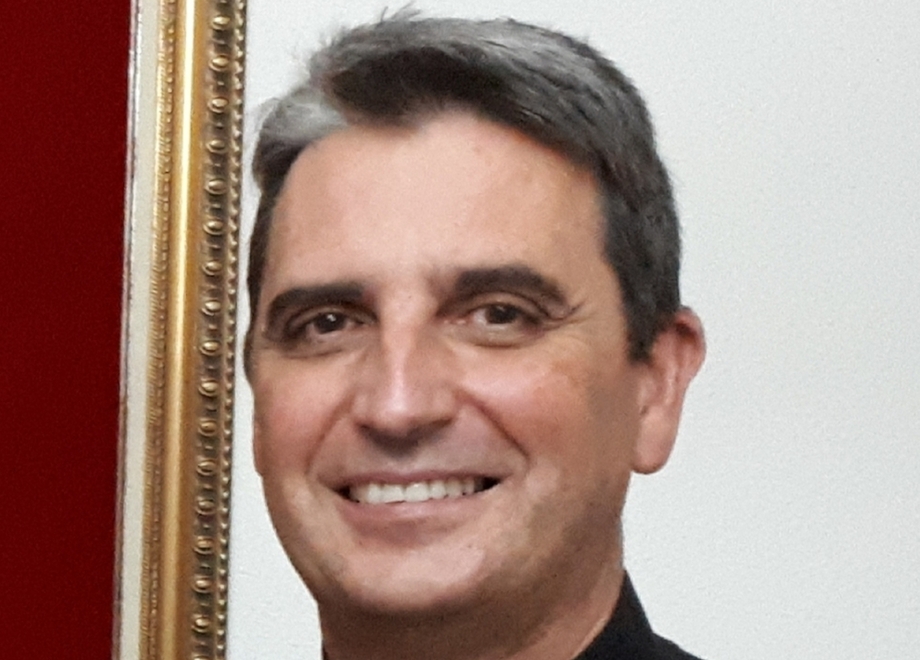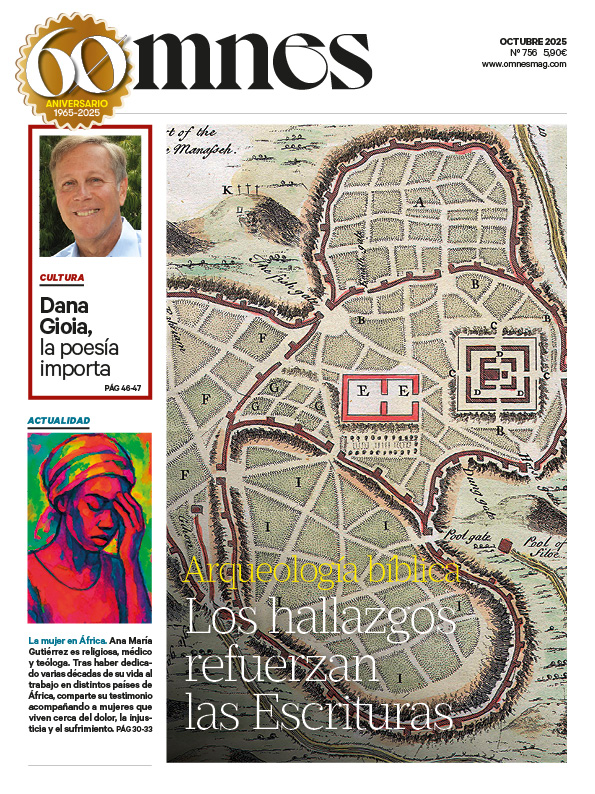The episcopal subcommission for cultural heritage of the Spanish Episcopal Conference organizes every year in June a heritage days. They are aimed at diocesan delegates, treasurers, museum directors, in other words, managers of ecclesiastical heritage. We chatted with one of the organizers of the meeting, D. Pablo Delclaux, who is also the technical secretary of the episcopal subcommission of heritage of the EEC.
The Cultural Heritage Conference on ecclesiastical heritage and local development was held in Barbastro from June 27 to 30. What ideas would you highlight about the reflections of these days?
- This year's theme is a consequence of the depopulation of some areas of Spain. We have been looking for ways for the ecclesiastical heritage to contribute to the growth of these localities and the use that can be made of this heritage so that it does not deteriorate.
I would emphasize that in Spain we have a lot of heritage and given the current situation it is not easy to manage. It is not easy to generalize solutions given the differences between some populations and others. For example, some places have visitors and tourists and for others it is almost impossible.
Parishes, dioceses and religious orders, private institutions (hotels, restaurants, handicrafts) and public organizations must join forces to find the best solution for each place.
Do we value our cultural heritage in Spain?
- We have a lot of heritage, but perhaps we do not value it properly. In other countries they value it more, perhaps because they have less and value it more. In every corner of Spain we have wonders of the highest quality.
The French and Italian mentality is more decorative and detail-oriented, while in Spain we are more austere. Broadly speaking, Italian art is very theatrical, French art is very elegant, German art is very dramatic. Spanish art is characterized by the depth of its meaning. This means that we have an art with a lot of content, although it is not so decorative. It seems to me that we could be more aware of the significant load of our heritage, we focus more on the form and less on the content. I think the content part we should exploit it much more, so that we vibrate more with it.
In the last few months there has been some media hype about the issue of the immatriculations. In relation to this issue, what idea would you have liked the public to understand better?
- Several aspects need to be clarified. In the first place, the property registries were born in the 19th century, and their purpose was to clarify the owners of the different possessions. The question was that the properties of the Church were quite clear and did not generate special legal problems. That is why they were not registered anywhere. As the years went by, doubts and lawsuits did arise regarding the properties of the Church. Therefore, in order to bring order, the Spanish state asked the Church to register its properties.
The problem is that many buildings predated the creation of the registry, so there was no documentation that could be presented. The Aznar government allowed the bishops to give a certificate to these properties, so that this paper would be valid to register these properties before the civil authority.
In many places in Spain there are many temples with hardly any activity. What does the Church plan to do with these temples?
- First of all, it must be said that this depends on each diocese and even then it has many nuances. For example, monasteries belong to religious orders and are therefore outside episcopal jurisdiction. On the other hand, parishes that are closed in urban environments can be transformed into museums or diocesan archives.
In Spain there are many places of worship that have been reused for cultural purposes. We have the case of the Pyrenees Spacewhich is the conversion of a Jesuit residence into an exhibition and training center in Graus. We also have the Lebaniegos Studies Centerin Potes, which reuses the church of St. Vincent the Martyr. Or the San Marcos Cultural Center, which adapts the church of the same name in Toledo.
The Sagrada Familia or the Cathedral-Mezquita of Cordoba are highly visited by tourists. Are there audited or reliable data on the economic income that the Church's patrimony produces for the Spanish state?
- A few years ago, the Bishops' Conference presented a report on the a study that quantified this type of aspects. The work was carried out by the auditing firm KPMG and concluded that the Church's patrimony generated 2.17% of the GDP. In addition, Catholic real estate of cultural interest supports 225,300 jobs, of which 71% are direct. This type of data can be consulted in the transparency portal of the EEC. As can be seen, the contribution is quite remarkable.







